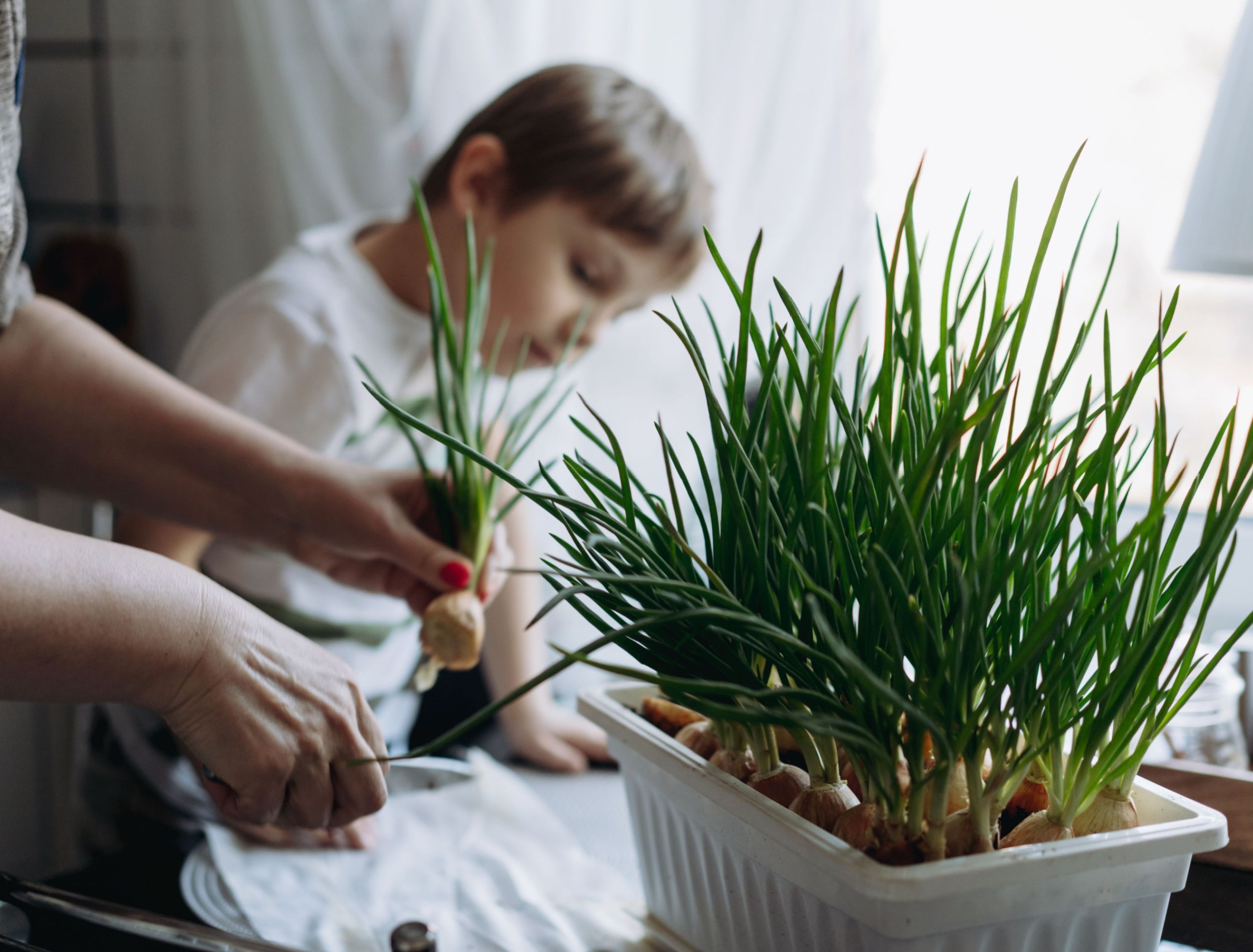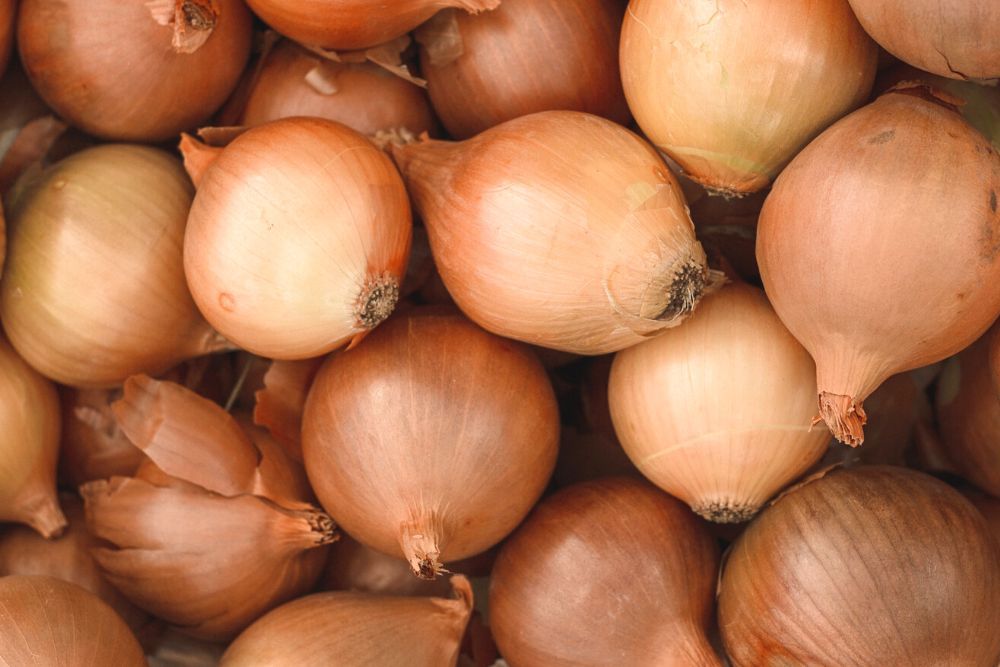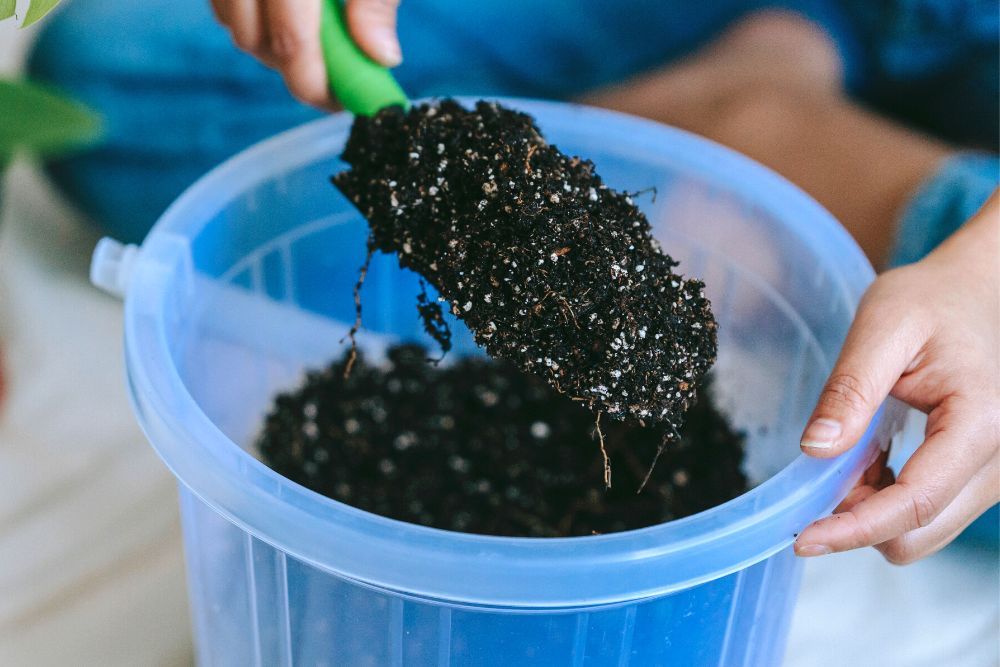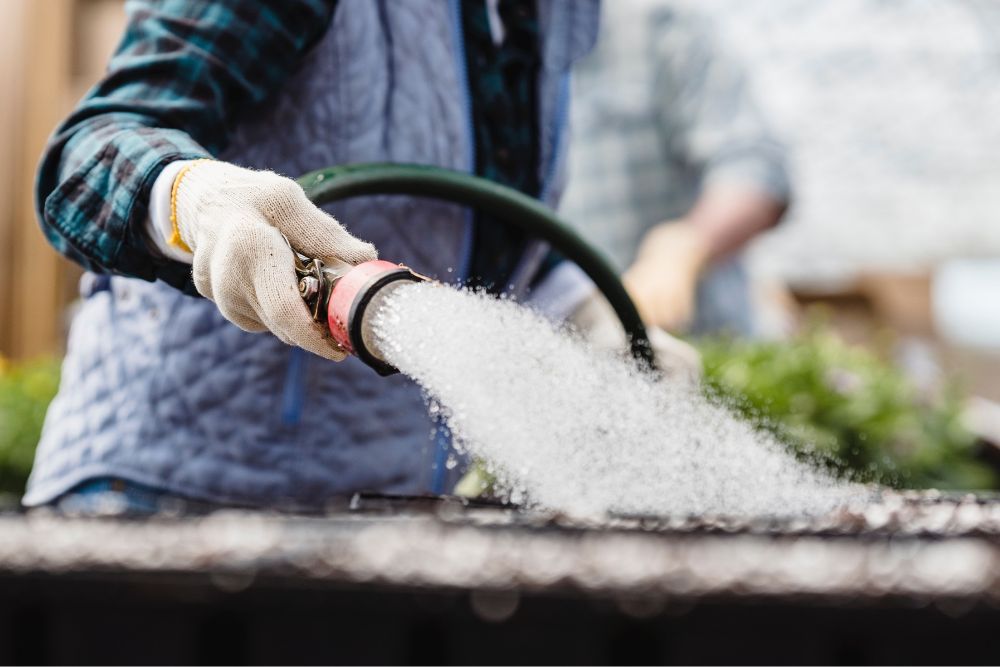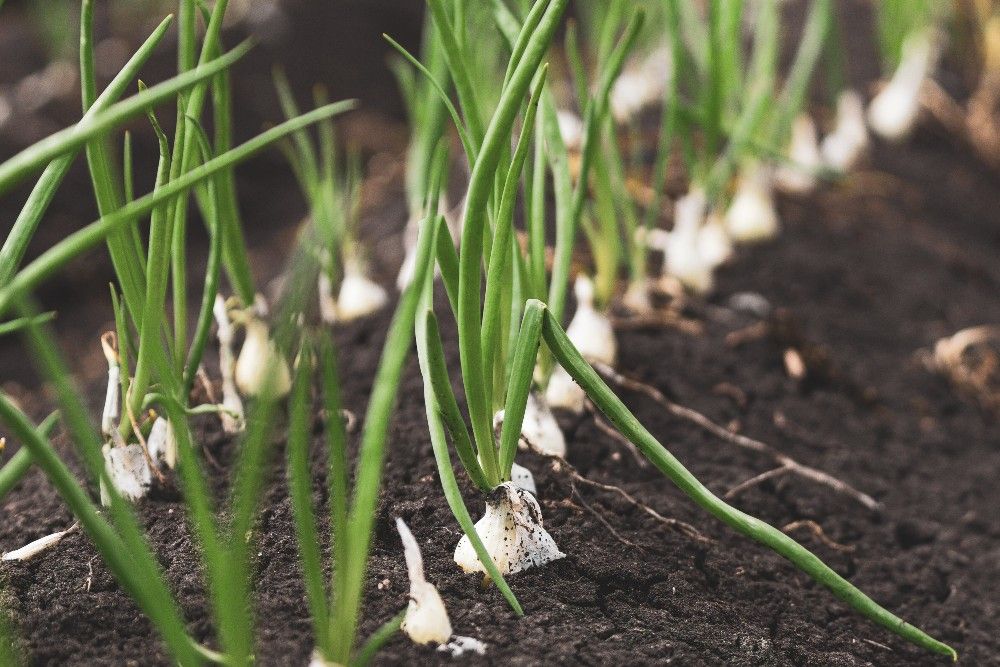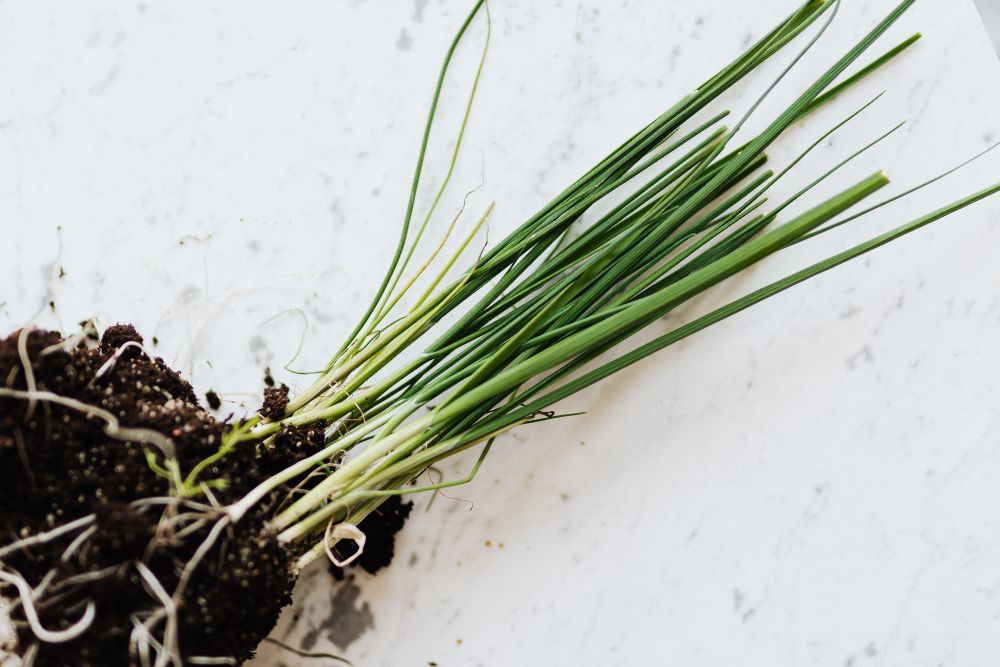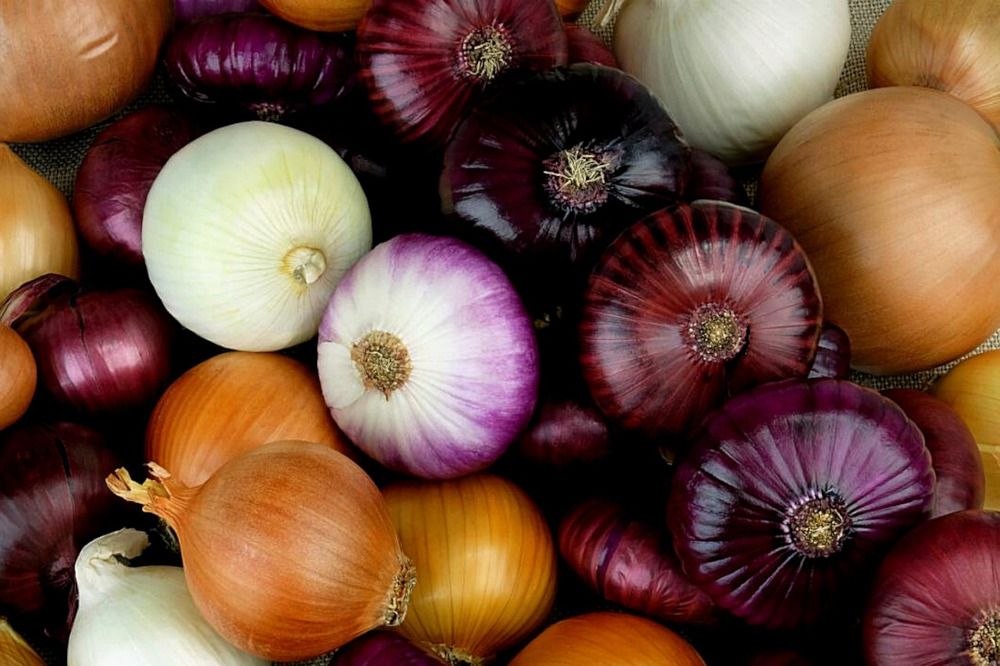Key Takeaways
- Choose the right onion variety based on sunlight needs and your location.
- Decide whether to start with onion seeds or sets for quicker growth.
- Provide adequate spacing, nitrogen fertilizer, and drainage for healthy onion growth in containers.
Onions are cool-season crops that are fast-growing additions to your vegetable garden. However, if you’re limited on garden space this season, you’ll be happy to hear that you can easily grow onions in pots or containers. If you're wondering how to plant and grow onions in pots for either an indoor or outdoor garden, come discover eight valuable tips that will help you get started!
1 Pick The Right Onion For Your Location
Select long, short, or neutral-day varieties based on how much sunlight you receive daily
Onions are photoperiodic vegetables, meaning their development is based on the amount of daily sunlight they get. With your onion growing in a pot, you should have some freedom to move it to a sunny location. However, depending on the part of the country you live in, the amount of sunlight you get daily may influence your onion’s health. That’s why it’s important to choose the specific variety of onion cultivated for your region.
| Onion variety | Hours of daily sunlight needed | Cultivars to choose from |
| Long-day | 14-16, such as in Northern states above 36 degrees latitude, including Idaho, Iowa, and Ohio | 'Sweet Spanish' |
| 'Copra' | ||
| 'Red Florence' | ||
| Short-day | 10-12, such as in Southern states below 36 degrees latitude, like Arizona, Oklahoma, and Kentucky | 'White Bermuda' |
| 'Red Burgundy' | ||
| 'Southern Belle' | ||
| Intermediate or Day-neutral | Will grow successfully regardless of how much sunlight the region you live in gets | 'Candy' |
| 'Red Stockton' | ||
| 'Super Star' |
2 Start From Seed or Set
Germinate seeds on your own or start with small onion sets to speed up the process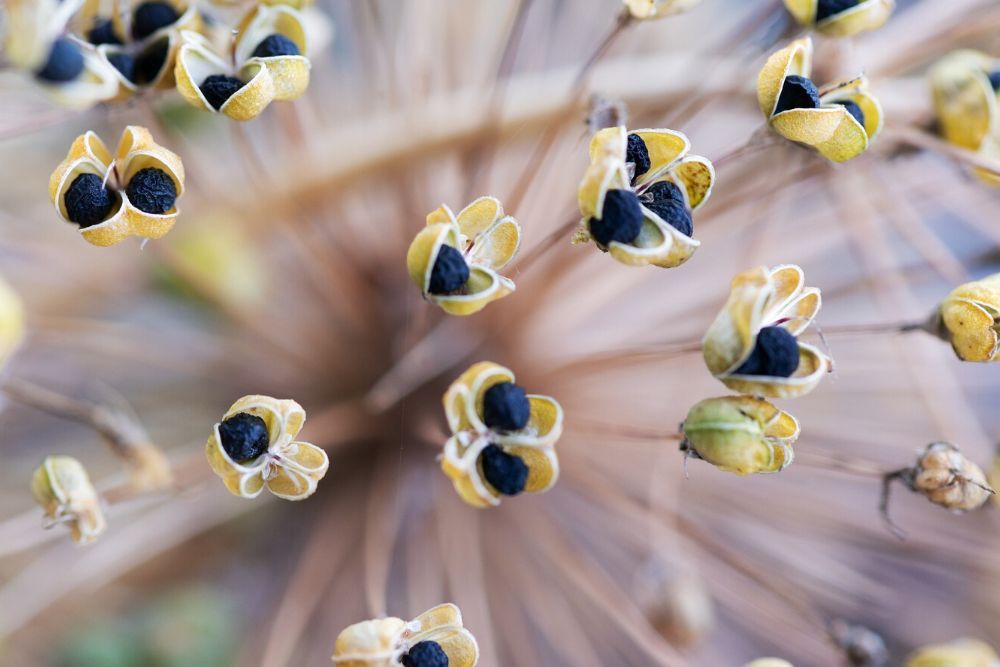
Once you’ve picked the type of onion you want to grow, it’s time to decide whether you want to work with onion seeds or sets.
Onion sets are miniature onions that:
- Can be purchased at your local garden center, but with limited variety
- Fully develop in approximately 14 weeks
- Will grow best when you select smaller sets no larger than ¾-inch wide
- Have a higher chance of growing into the largest bulbs without developing thick necks that are more useful going to seed
Onion seeds on the other hand:
- Can be bought at your local garden center or taken from a previous flowering plant
- Will offer you a wide range of cultivar options
- Must be planted in soil temperatures at least 50 degrees Fahrenheit to support germination
- Mature in approximately 12 to 16 weeks
- Are more likely to develop and grow successfully over onion sets
If your aim is growing green onions in pots, you'll be able to harvest in about 60 to 70 days after sowing your seeds!
3 Give Them Some Breathing Space
Ideal pot depth and how far apart to space your onions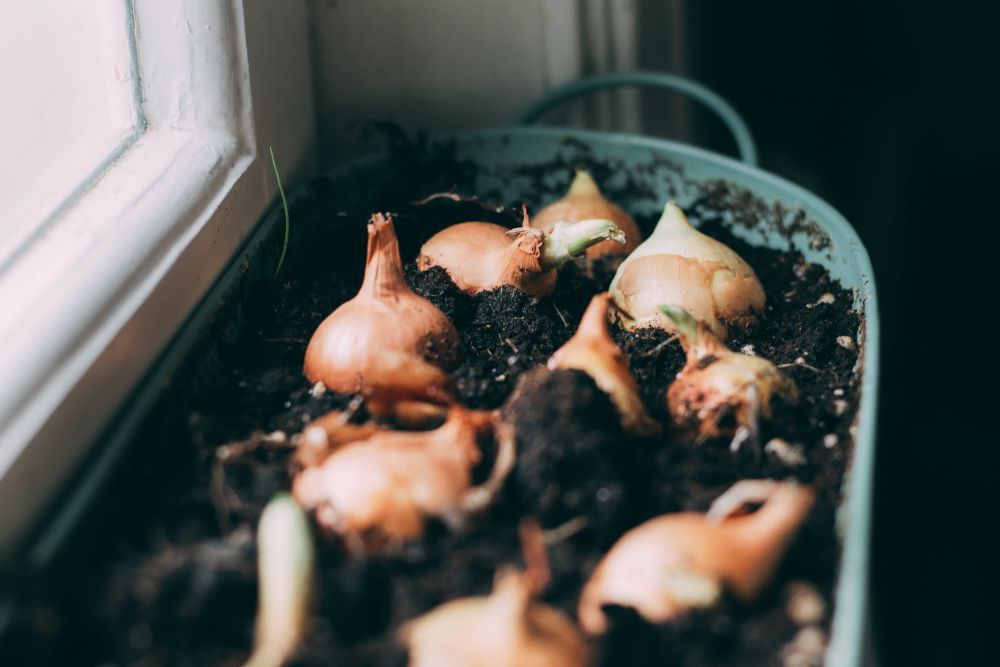
Onions are highly adaptable vegetables that will make use of any space you give them. Ideally, your container should be big enough to fill about 10 inches of soil depth. Make sure your onions have breathing space between them as well. There should be a minimum of three to four inches of space between each of your seeds or onion sets. This will ensure they reach their full potential size.
Don’t worry if you can’t find a regular plastic or ceramic pot to plant your onions in. There are plenty of other creative places for your onions to grow. Try a kiddy pool, rain bucket, or a large (five gallon) recyclable water bottle! Just remember to drill holes into these types of containers to ensure your veggies have excellent drainage.
4 Use Nitrogen-Rich Fertilizer
Optimize the soil pH until your onions start forming bulbs
Onions love a lot of nitrogen in their soil as it supports a healthy nutrient balance and prevents soil from turning acidic. Feed your onions a nitrogen-based fertilizer (ammonium sulfate or ammonium nitrate) starting three weeks after you first plant them. Continue to do so every two to three weeks, until they start developing bulbs.
This is crucial when growing onions in containers because they can’t absorb the required nutrients in the same way they would in a garden bed.
5 Don’t Let Your Container Turn Into a Wetland
Too much moisture can lead to rotting and diseases
Onions appreciate moisture, but they won’t thrive in a wetland! Make sure to give your plants about 1 to 2 inches of water per week. However, keep an eye on how well your container drains. If you notice that water tends to pool either directly in the soil or the drainage tray if you have one, add some additional drainage holes throughout the base and sides of your container.
If your onions are growing in pots outdoors, there are a few other ways unwanted moisture can sneak up on them, such as heavy morning dew, frequent rain, or fog. For this reason, it may be a good idea to move your onions indoors to a sunny corner or windowsill, where extra moisture can easily evaporate.
Extra moisture will not only drown or rot your onions, but it will invite and spread diseases. Onions are susceptible to blight and purple blotch. Blight usually shows up in the form of yellowing stems, whereas purple blotch often causes purple lesions on onion stems and stalks.
6 Thin Out Seedlings For Larger Bulb Development
Overcrowded seedlings will be competing for nutrients, sunlight, and water
Once the onion seedlings have emerged and reached a height of around 2 to 3 inches, it's crucial to thin them out for optimal bulb growth. Otherwise, the squished seedlings will be competing for nutrients, sunlight, and water, which can lead to the development of smaller bulbs.
To thin the seedlings:
1. Start by identifying the weaker or smaller plants.
2. Carefully grasp the base of the seedling and gently wiggle it from side to side to pull it out of the soil without disturbing the roots of nearby onions.
3. Ensure the gap between each seedling is at least three inches wide.
This is a tip you don't want to skip! Did you know thinning out your onion seedlings also improves airflow, which reduces the risk of fungal diseases?
7 Make Use of Your Onion Stalks
Additional benefits of growing onions in pots — sprouting green onions
While you wait for your onion bulbs to grow, their long green stalks should appear much faster, usually within the first month of planting. These are commonly known as scallions or green onions and also have a sharp but refreshing flavor. You can pull out a few of these stems and make use of them in your cooking. This will also allow more energy to go into the bulb-growing process.
Curious about other methods for growing green onions in pots? Before your onion bulbs appear, pull out a few developed stalks with their roots. Place these into a mason jar filled with water. They’ll start sprouting again in as quick as one to two days.
8 Harvest Your Onions at the Right Time
Monitor the bulb size, yellowing stems, and neck firmness
Knowing when to harvest your onions is crucial to ensure optimal flavor and storage quality. Three things to keep in mind when you're preparing to harvest your onions include:
- Pay attention to onion bulb size: After about 115 days, your onions should be ready for harvest. Monitor the bulbs by gently pushing the soil aside near the neck to assess its growth. A bulb roughly 2 inches in diameter will be ready to harvest.
- Observe the foliage: As the onion matures, the stems will start yellowing and drooping. This indicates the plant has completed its growth cycle and reached its full size.
- Perform the pinch test: Gently pinch the neck of a bulb between your fingers. If the neck feels soft, it may need some more growing time. If the neck feels firm, your onion is likely ready for harvest.
Because onions are fast-growing veggies, you can start the growing process all over again once you harvest. The best part is that it won't matter what season you choose to start growing, because you can keep your pots or containers both indoors and out. With these eight tips, you can ensure your onions grow to their full potential size with optimal health.
Ready to explore more articles that will guide you through gardening, backyard, DIY topics, and more? Keep scrolling!

